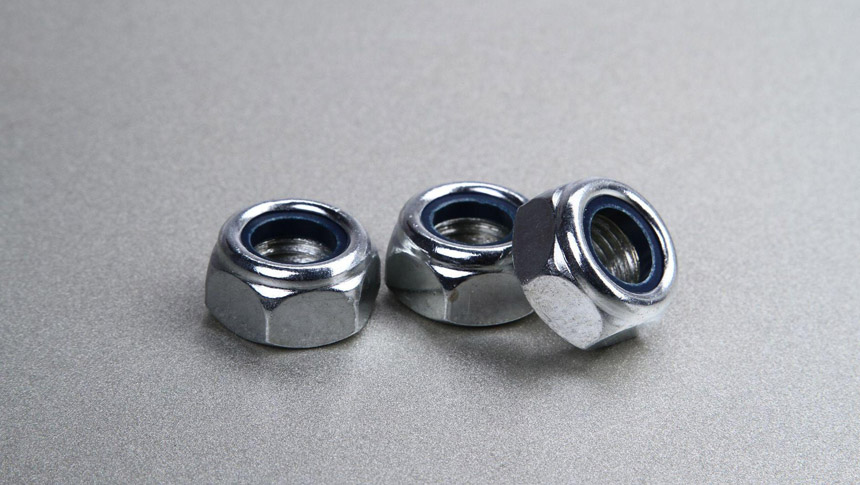Anti-loosening nut is a common type of tightening anti-loosening nut. In some important occasions, in the operation of mechanical equipment, the nut will loosen due to long use time. At this time, we will take some anti-loosing measures to ensure that the nut is locked. The reliability of the locknut comes in handy. Many of the current locknuts are made of nylon, that is, a layer of nylon is embedded on the nut to make the locknut. The following editor will show you how to prevent loosening of the lower lock nut.
The anti-loosening principle of the anti-loosening nut: There is a 30-degree wedge surface at the top of the traditional 60-degree tooth tip. This structure allows the male and female threads to obtain greater friction between the male and female threads after the bolt is tightened with the nut. So it has a good anti-loose effect. There are four anti-loosening methods for the anti-loosening nut, which are friction anti-loosing, mechanical nut anti-loosing, riveting anti-loosing, and structural anti-loosing.
Three advantages of locknuts:
First, superior anti-vibration performance: the normal force generated when the anti-loosening nut is tightened is much greater than that of the ordinary standard nut, which has great anti-loosening and anti-vibration ability.
Second, strong wear resistance and shear resistance: the 30° inclined surface of the nut thread bottom can make the nut locking force evenly distributed on all the threads of each tooth. Since the compression force on the thread surface of each tooth is evenly distributed, so Nuts can better solve the problems of thread wear and shear deformation.
Third, good performance for repeated use: Extensive use shows that after repeated tightening and disassembly of the locknut, its locking force is still not reduced, and the original locking effect can be maintained.
It can be seen that the anti-loosening nut has excellent anti-loosing characteristics. How to use this kind of nut correctly, now I will introduce to you.
Illustrated instructions and precautions for the installation and use of locknuts:
A special lock nut needs to be used together with a lock washer. The special lock nut is not a hexagonal nut, but a round nut. There are 3, 4, 6 or 8 gaps on the circumference of the nut (depending on the size of the nut and the product series of the manufacturer). Several notches are not only the focus of the tightening tool, but also the entry point of the locking washer.


 Scan here
Scan here